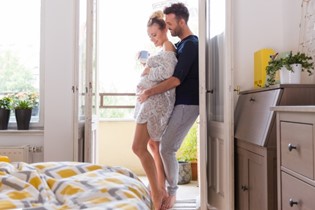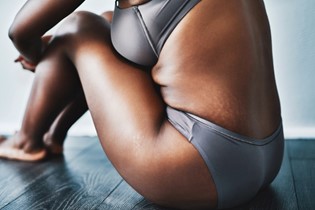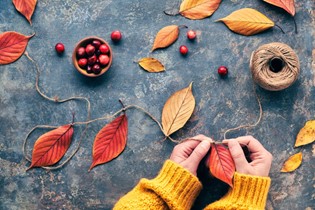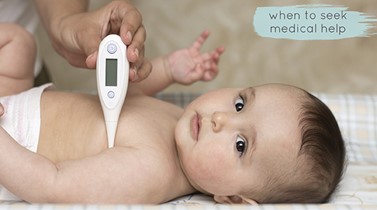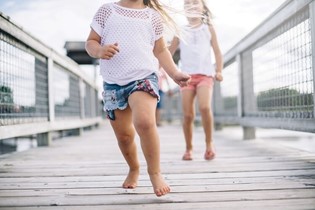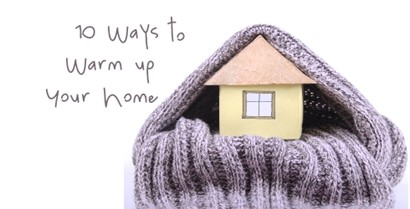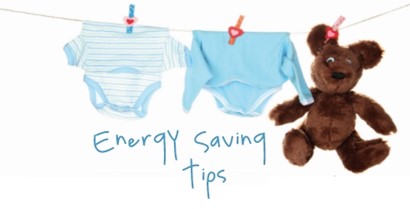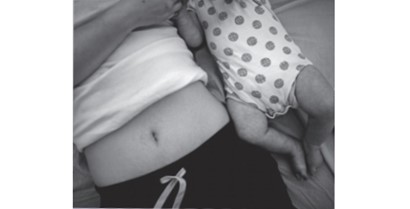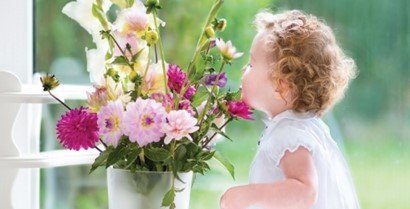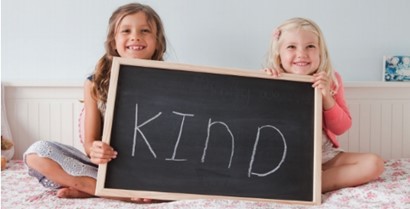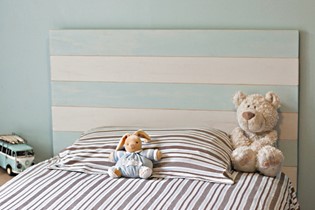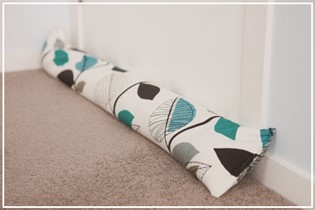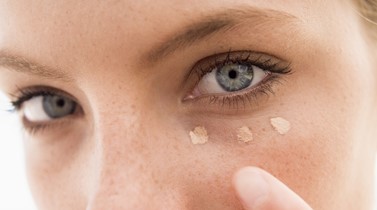Kids' rooms designed to last
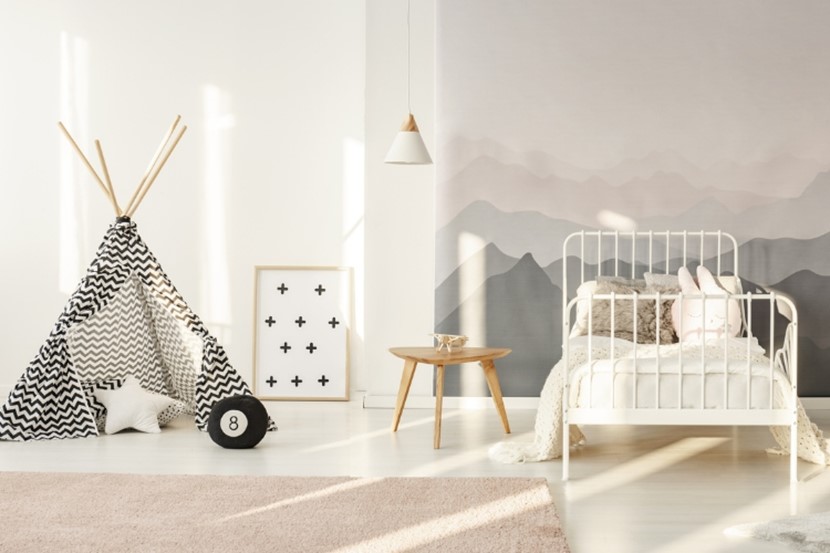
Eco-lover Holly Jean Brooker explains where to invest the cash when decorating your child’s room, For the sake of their health and that of the environment.
Over the summer we enjoyed endless hours outdoors with family and friends, enjoying some gloriously warm weather. But all good things come to an end and, with the cooler months fast approaching, it’s wise to think about getting your interior spaces ready for a bit more foot traffic. When it comes to your children’s bedrooms, a little bit of forethought can help make sure those rooms are safe and sustainable, as well as exciting enough to entice your littlies in— extra helpful when the weather outside is frightful!
Going green can be both fun and challenging when renovating a kid’s room, but it is well worth the effort for the sake of your children’s health, and that of the planet. It’s pretty simple stuff really. Think about avoiding VOCs and other harmful chemicals found in paint, look for ethically made and sourced products, and choose good-quality, sustainable items that will last.
Starting out can be the tricky part, but if you can decide on a theme for the room, it will help give some direction.
Choosing one to three colours to work with your theme can help keep things in sync, but it doesn’t have to be rigid. You can choose different shades of the same colour, and bring in different patterns to mix it up. Stripes, spots, stars and shapes in a similar palette always go together well. If you find yourself lacking in the inspiration department check out Pinterest for über-cool styling ideas to suit your theme.
Slip, slop, slap it on
To update a drab-looking kid’s room there is nothing easier than applying a fresh coat of paint. But if you have an older home, hold up the truck! Get your walls and window sills tested for lead before launching into a full-blown The Block-style renovation. Simply take some paint samples/flakes into your local Resene for testing and advice. We recently found out our home has lead paint throughout, causing a mild panic attack on my behalf, but it’s not as disastrous as it could be if you identify it early and talk to professionals about dealing with it correctly.
Environmental Choice-approved waterborne paints are the ideal option, with their low odours and reduced levels of volatile organic compounds (VOCs) and toxic substances emitted through production, application and service life of the paint.
Choose a colour to complement your theme — it’s up to you whether it’s a neutral grey or white, a subtle soft pastel or a striking contrast colour.
Wallpaper can add a fun element but it requires a larger investment when opting for environmentally friendly options. The Inside supply beautiful paper sourced from sustainable forests and they stock fun prints and colours for kids. Magnetic Woodlands wallpaper, just like Hilary Swank has in her nursery! This pricey but stunning paper comes with magnetic characters and is made from sustainable forest paper. Price: $750 a roll from theinside.co.nz
Down at ground level
New Zealand has the second highest rate of asthma in the world and up to 80% of asthma is linked to allergies. Most commonly, the prevalence of dust and dust mites exacerbates this condition, not to mention triggering rhinitis and eczema.
Carpet is the ideal hangout for these guys so to keep your floor dust-free simply get rid of that carpet! A solid, non-skid floor (think sustainable timber) is the ideal solution as it is easy to see dust build-up and quick to clean. A stylish wool rug will soften a wooden floor and add a little extra warmth to a child’s room.
But if you simply cannot resist that cushioned feeling underfoot it’s not all bad news for carpet, especially if you go for wool. Wool is an inhospitable environment for dust mites as it contains low levels of permethrin, a naturally occurring substance that actually repels small insects. Wool is such an amazing complex natural product that modern science is unable to replicate it, and studies have shown that it has low flammability and actually removes toxins and contaminates from the air, potentially improving the health of your home by purifying the air for up to 30 years. It will hold dust, of course, so make sure to vacuum at least once a week!
Sleep easy
Mattress manufacturing generally involves a ridiculous combination of chemical and synthetic products, such as flammable polyurethane foam doused with flame-resistant chemicals! Second-hand mattresses contain the same chemicals, plus bodily residue from previous owners. It’s disgusting to think about lying on any of this so let’s move on.
Your child will (ideally) spend a fair chunk of time in snoreville, so a healthy bed is pretty important. Nature Baby is a good port of call for well-designed cots, hammocks and toddler beds. With a super cool range of options produced sustainably and free from toxic paints and glues, you can invest in style knowing you are buying a bed that is 100% safe for your littlies.
Look for mattresses made responsibly using natural fibres such as organic cotton, natural foam, latex or naturally flame-resistant wool, and always use a wool mattress protector. Buying New Zealand-made items keeps production local and gives extra peace of mind.”
The same goes for your bedding. Although cotton sounds as if it’s a safe option, as a crop it is prone to disease and pests requiring high levels of pesticides during production. In fact, cotton is one of the crops most heavily laden with poisons.
Add to this the chemicals and VOCs accumulated from bleaching and dying, and top it off with fire retardants (such as formaldehyde) and the chemicals applied to prevent stains, wrinkles and keep the cotton soft, and you have a pretty grim situation.
Organic cotton, merino wool and bamboo are all great options for ensuring your angel is sleeping peacefully through the night.
Reduce, reuse, recycle
Once the décor is sorted, a couple of key pieces of furniture will finish off your kid’s nursery and amp up the wow factor. Sourcing sustainable bedroom furniture doesn’t need to involve buying brand new, in fact it is better for the environment to reuse and revive old or antique furniture. It could be as easy as applying a fresh lick of paint to transform a book shelf or adding a fun set of handles to older drawers.
If you are buying new, good-quality timber furniture will last a lifetime so invest in New Zealand-made pieces with a classic look to last throughout your child’s life. I still have a set of timber drawers that my parents bought me when I was 10! Twenty-plus years later they are my son’s drawers. Now that is good value for money!
The finishing touches
Kids love play time, and it is a key component to healthy development, so why not make their bedroom fun?
A blackboard wall is cheap and super easy to do, giving your budding artist the thumbs up to drawing on the wall!
There are a range of environmentally friendly toys, one of my hot favourites is the Plan Toys kitchen unit. Teepees add an element of adventure to a nursery, offering countless opportunities for creative play. They are easy to fold up and put away, or take outside in warm weather.
My mother recently made an amazing teepee for my son’s second birthday. But if making one is too challenging, there are plenty of other good options to be found on the internet.
Bunting continues to be “on trend” in kid-land, and can be hand-made using leftover fabric pieces, old duvets, pillow cases, even tablecloths or paper depending on your room style. There are plenty of ways to revamp a kid’s room sustainably, so do your research and enjoy the process.
For more info, check out:
environmentalchoice.org.nz
resene.com/comn/envissue/parents.htm
asthmafoundation.org.nz
|
Holly Jean Brooker is a freelance writer, eco-lover and “urban hippy” living in Auckland with her husband and their young son. She is also the owner of The Media Project and even grows her own vegetables! |

AS FEATURED IN ISSUE 25 OF OHbaby! MAGAZINE. CHECK OUT OTHER ARTICLES IN THIS ISSUE BELOW


